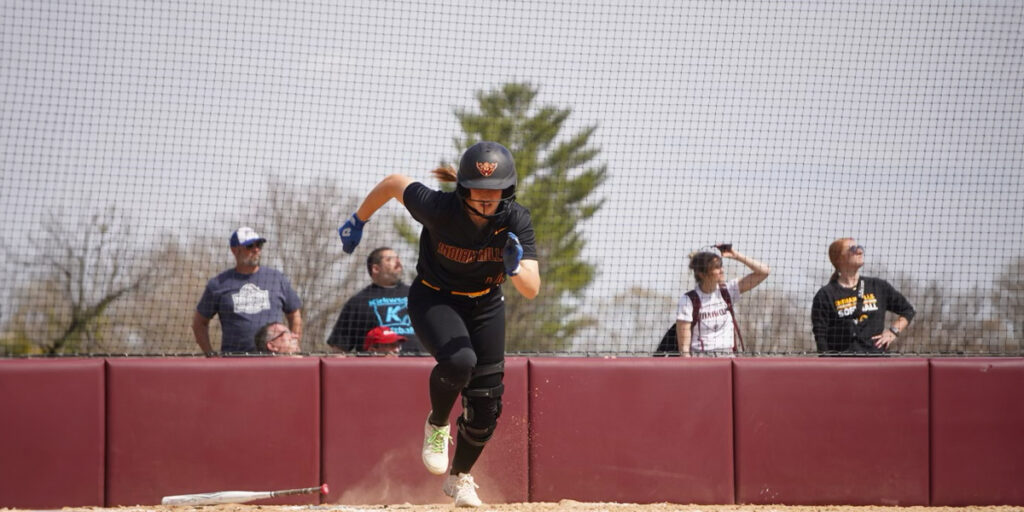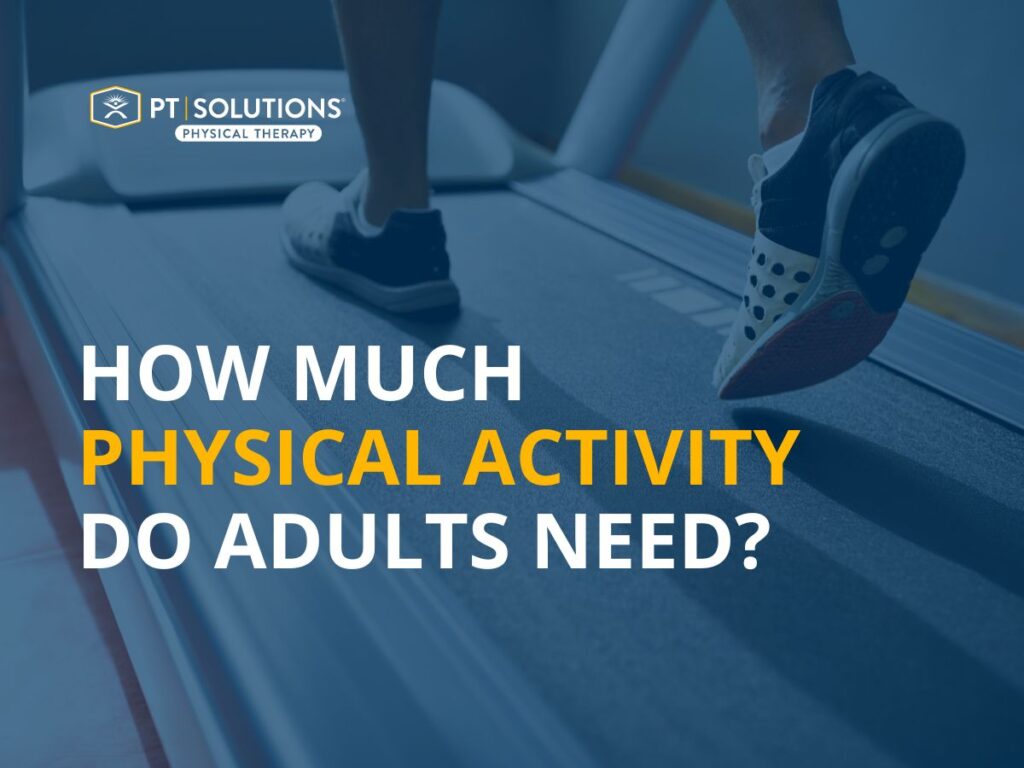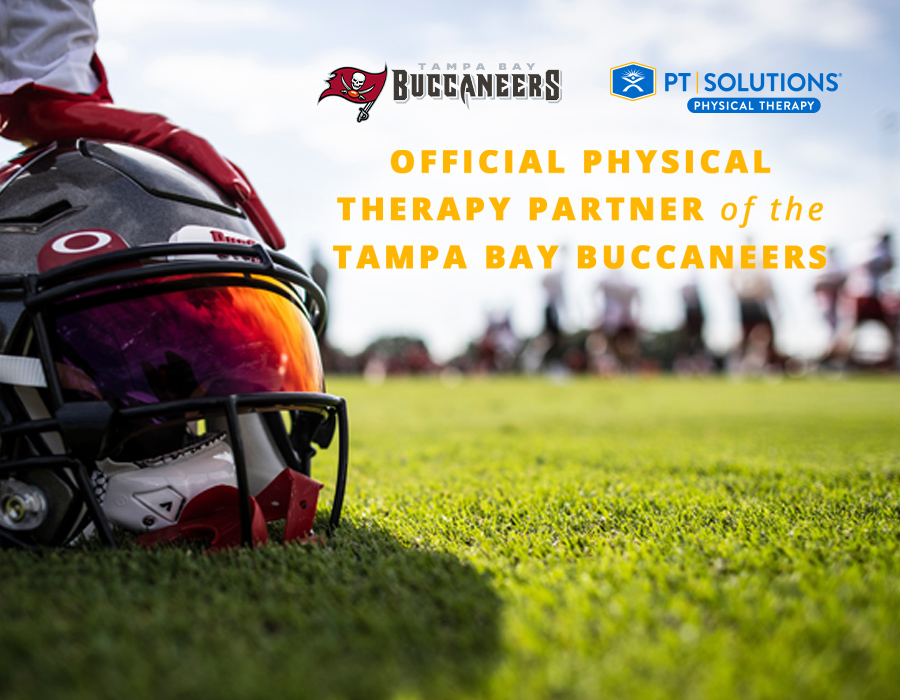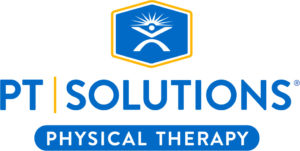Featured Posts
Should You Use Ice for Pain or Injuries?
October 14, 2021
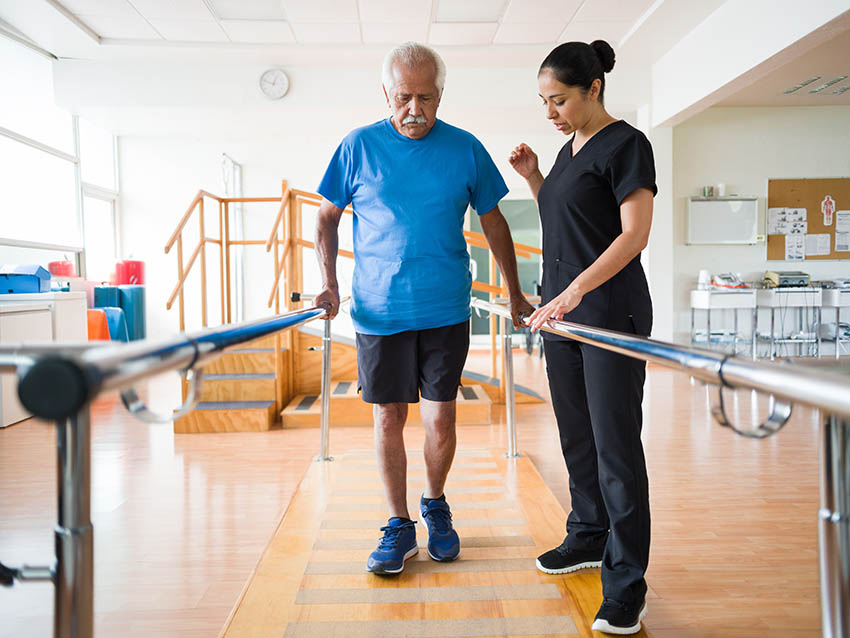
RICE — rest, ice, compress, elevate — and the updated PRICE — add protection to the beginning — are part of traditional injury management 101.
They should be abandoned.
Research doesn’t provide much support for this approach. Most studies show the addition of RICE does not enhance outcomes. The few studies that show improvement are comparing different types of cryotherapy protocols, such as cold-water immersion vs. intermittent ice pack application. The few studies comparing ice to no ice do not support the use of RICE to improve recovery. Some studies even show icing delays recovery.
Instead, appropriate load management — meaning allowing the injured part of the body to heal and by gradually increasing activity — will do the job. So, the “P” part is right, but if you take out the “I” the acronym falls apart.
The biggest misconception about pain is it should be avoided at all costs. It is one of the primary reasons we are in the midst of an opioid epidemic and chronic pain continues to worsen. Instead of confronting pain, we fear it and seek any means to avoid it.
Now, there are many conditions — cancer, rheumatoid arthritis, fibromyalgia — that can lead to chronic pain and are more complex than a hamstring tear or ankle sprain, however, pain caused by injuries is a natural and beneficial response. Acute pain is a signal that we should allow the injured tissue to heal. Inflammation sensitizes local nerves, increasing the ease at which pain is stimulated. That pain serves as a protective response.
The two worst responses to pain following an injury are complete inactivity and seeking any external means — medication and ice for example — to eliminate the pain. Athletes may need to miss a few games and gardeners may need to take a weekend off from weeding, but they do not need to rush to pain medication and ice. Instead, let the pain guide your activity level, understand the body will heal, and continue to live your life. Use the PEACE & LOVE principle instead of RICE or PRICE
P = Protect
Let pain guide you. Avoid heavy loading and restrict movement for a couple of days. Don’t become inactive, though.
E = Elevate
Not necessary but could provide some benefit if swelling is present
A = Avoid anti-inflammatory modalities
For all of the reasons mentioned above. This includes ice and NSAIDs (e.g. Advil)
C = Compress
Like elevation, this can limit swelling. You may speed up the waste removal, allowing you to return to activity sooner.
E = Educate
This applies to healthcare providers. It includes educating on proper load management (see next point) and pain (see above). Education is the most powerful treatment at my disposal as a physical therapist.
L = Load (starts a few days after the injury)
Loading should follow the healing process. As the tissue strengthens, more load is tolerated. Immature muscle, ligaments, tendons, and bone, require loading to strengthen. Inactivity will not restore tissue strength.
O = Optimism
Our emotions and expectations greatly influence our pain experience. The primary drivers of transitioning from acute to chronic pain are depression, anxiety, and fear of movement. No one likes being injured. But understand your body will recover if you take the right approach.
V = Vascularization
Early activity, particularly aerobic exercise, improves blood flow and assists with the healing process.
E = Exercise
Exercise is necessary to fully restore lost muscle, strength, and tissue integrity.
PEACE & LOVE is a long-term strategy that can help you recover from injury and reduce your risk of reinjury. If you have a question or would like to work with a physical therapist to design a personalized rehabilitation plan, schedule an appointment here.

